Every spring, when peach and apricot blossoms bloom on the hillsides, it is also the time when the Dao Lo Gang people in Cay Thi commune (Dong Hy) temporarily put aside their daily work to celebrate Tet and welcome Spring. Those who live far away arrange their work to return home, while those at home are busy preparing everything to celebrate one of the most important holidays of the Dao Lo Gang people - the "big altar" Tet. Unlike the traditional Tet of other ethnic groups, for the Dao people in Cay Thi, Tet begins at the house where the family's big altar is located. After finishing the "big altar" Tet, other families in the family can celebrate Tet at their own homes.
 |
|
The “big altar” Tet of the Duong family, where Ms. Do Thi Minh Hue is a daughter-in-law, is held on December 27. But since the family has a big altar for the family, 2 months before, her family has chosen the day and invited a priest to come and worship Tet. From the beginning of December, the elderly and children in the family will cut colored paper together to decorate the big altar beautifully, showing their respect to their ancestors. The paper colors used to decorate the altar are mainly red and yellow, with the meaning of bringing happiness, luck, abundance and creating positive energy for people.
To prepare for the “big altar” Tet of the family, the previous afternoon, Ms. Hue’s family had slaughtered pork and wrapped long banh chung so that they could take the cakes out in time for the ceremony the next day. A few days before, she also went to each family in the family to announce the organization of the “big altar” Tet.
According to custom, the Dao people in Cay Thi celebrate the “big altar” Tet from the 15th to the 30th of the twelfth lunar month. Depending on the conditions of each family, the Dao people will choose a suitable date and then notify the families in the clan to celebrate Tet. It is called the “big altar” Tet because the ceremony is held at the family that has the big altar of the clan. This family is not fixed, but is transferred to the houses in the clan according to the father-son, brother-sister relationships... The condition for a family to bring the big altar home is that the head of the family has performed the Cap sac ceremony.
In Cay Thi, there are many large families such as Ban, Trieu, Duong… which can have up to dozens of families, so the "big altar" Tet is celebrated bustlingly, with the presence of many children and grandchildren.
The Dao people do not “invite” other families to celebrate Tet, but only notify them. Because for thousands of years, Tet at the “big altar” has been a mandatory practice. Only after celebrating Tet at the “big altar” can families celebrate Tet at their own homes, called Tet at the “small altar”. When coming to celebrate Tet at the “big altar”, each family in the clan contributes a delicious chicken and a bottle of wine to offer to their ancestors. After that, all members of the clan, regardless of age or gender, roll up their sleeves and cook the Tet feast together.
 |
|
If the yard and kitchen were bustling with wedding talk and the crisp sound of knives and chopping boards preparing the Tet feast, the atmosphere in the house above was much quieter. At this time, Mr. Duong Phu Hay, the head of the family, was meticulously making ghost money from paper. The ghost money of the Dao people is not bought ready-made, but must be made by the men in the house themselves. The money is made from white paper, cut into small pieces, then stamped with a seal, symbolizing the printing of money.
The offerings for the Tet “big altar” are not elaborate. They only include chicken, wine brought by families in the clan, banh chung, and rice. In addition, it is mandatory to have ghost money made of paper. In the ancestor worship ceremony, the Dao people do not use incense but use dried incense bark from the forest. When performing the ceremony, they light a fire from the stove and then place it in a bowl on the altar.
Tet is also an opportunity for Dao ethnic women in Cay Thi to show off their colorful traditional clothes. Since childhood, Dao people in Cay Thi have been taught to understand, love and be proud of their ethnic identity. That is why, even in modern life, with many different fashion styles, each Dao woman in Cay Thi still has her own set of traditional clothes. Some people sew and embroider them themselves, while busy people can buy them ready-made. But when Tet comes, Spring comes, everyone is proud to wear their traditional clothes.
 |
|
The Dao people's "big altar" Tet celebration is not only an opportunity for family members to rest and reunite after a year of hard work, but also an opportunity for the elderly and their children to review their traditions and cultural identities, and sing traditional folk songs that have existed for a long time, imbued with the lyrical, pure and simple qualities of the Dao people's souls. This is also the way the Dao people in Cay Thi have preserved their cultural roots for generations.
 |
|
In the chilly weather of spring, when the drizzle was falling, dew drops were condensing on the peach blossoms in Ms. Hue’s garden, the worshiping ceremony ended. At this time, all the relatives were present, quickly setting up the trays to prepare for Tet. Everyone quickly rolled up their sleeves to work together. Some chopped chickens, others cut spring rolls, the children arranged bowls and chopsticks, set up tables and chairs… A moment later, the sound of laughter and meaningful wishes were sent to each other. The atmosphere of reunion suddenly filled the small yard…
After a year of hard work, the Dao people in Cay Thi celebrate Tet in their own unique way. Amidst the hustle and bustle of life, the Dao people are always proud that their cultural identities are not lost but are passed down from generation to generation in a sustainable way.
























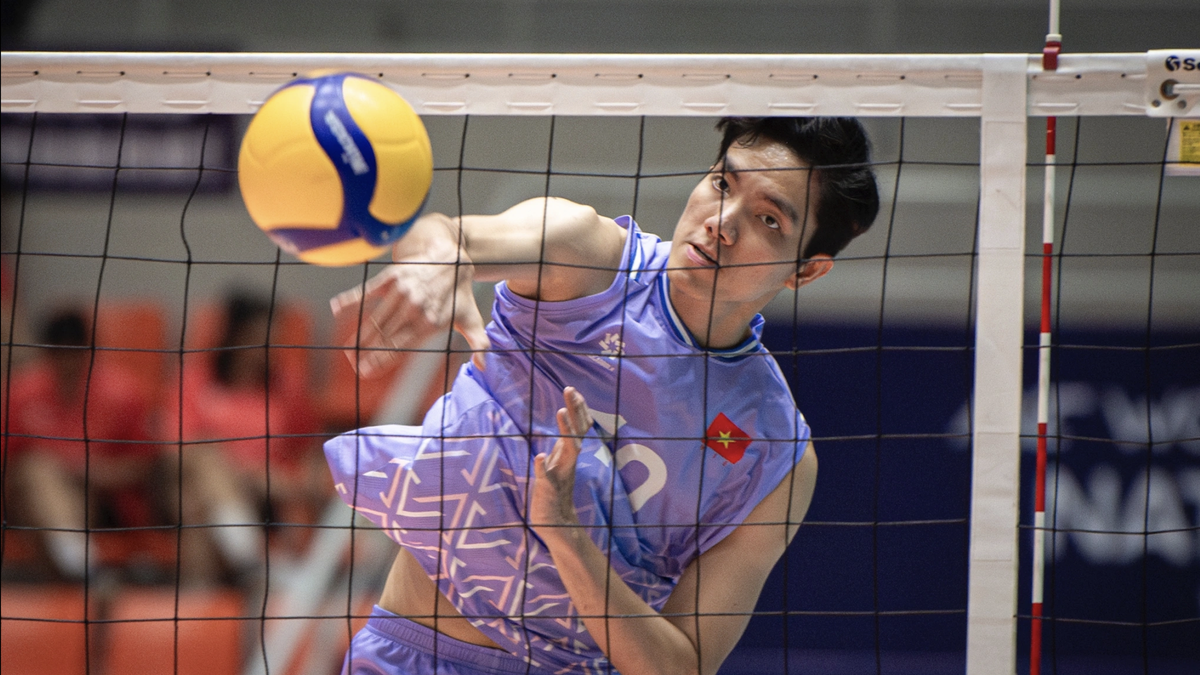





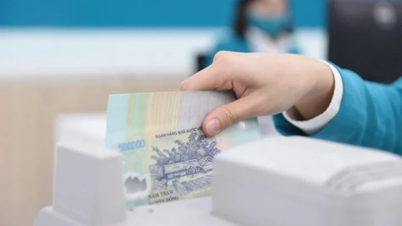


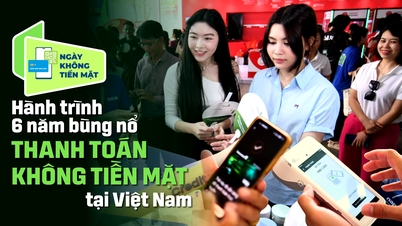




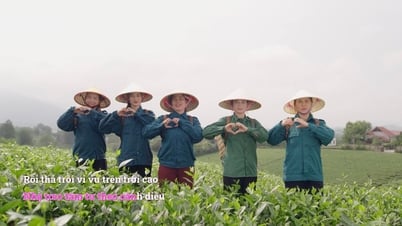
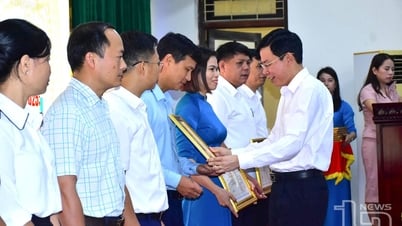

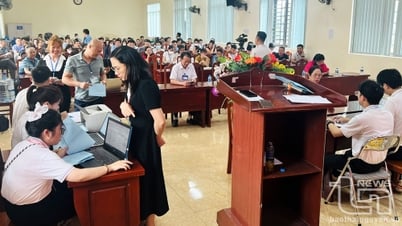





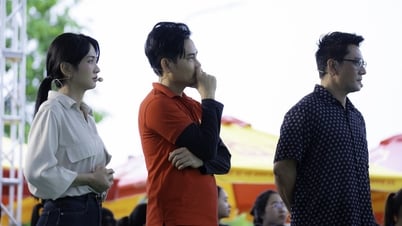
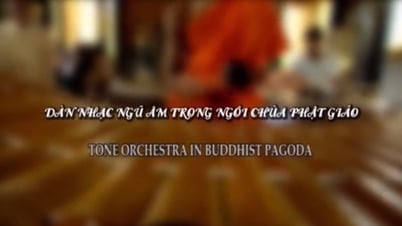


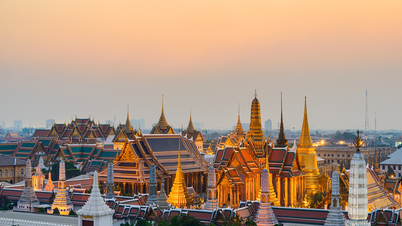

![[Photo] Prime Minister Pham Minh Chinh receives leaders of several Swedish corporations](https://vphoto.vietnam.vn/thumb/1200x675/vietnam/resource/IMAGE/2025/6/14/4437981cf1264434a949b4772f9432b6)




























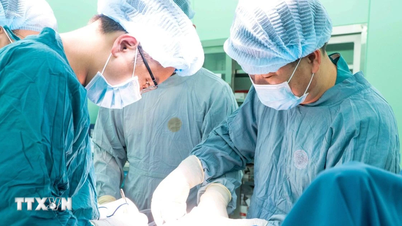
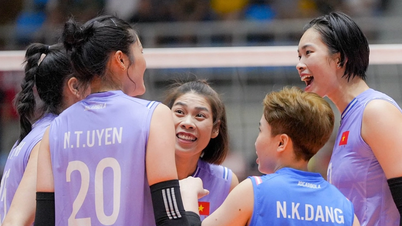








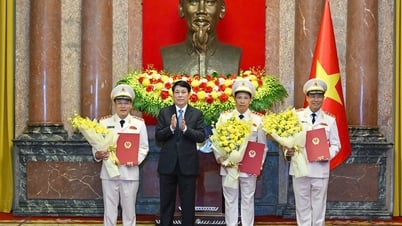





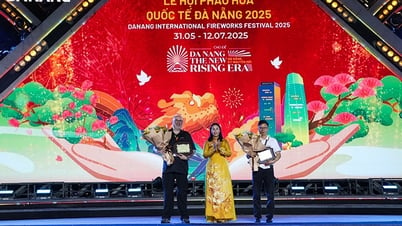






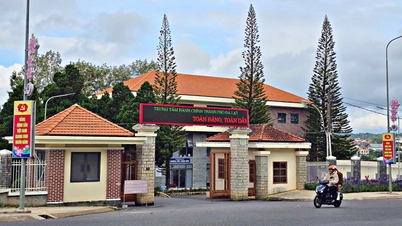









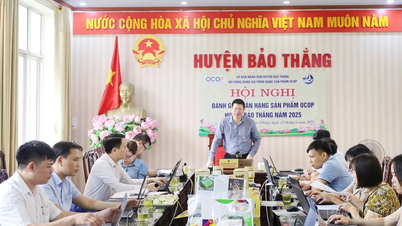


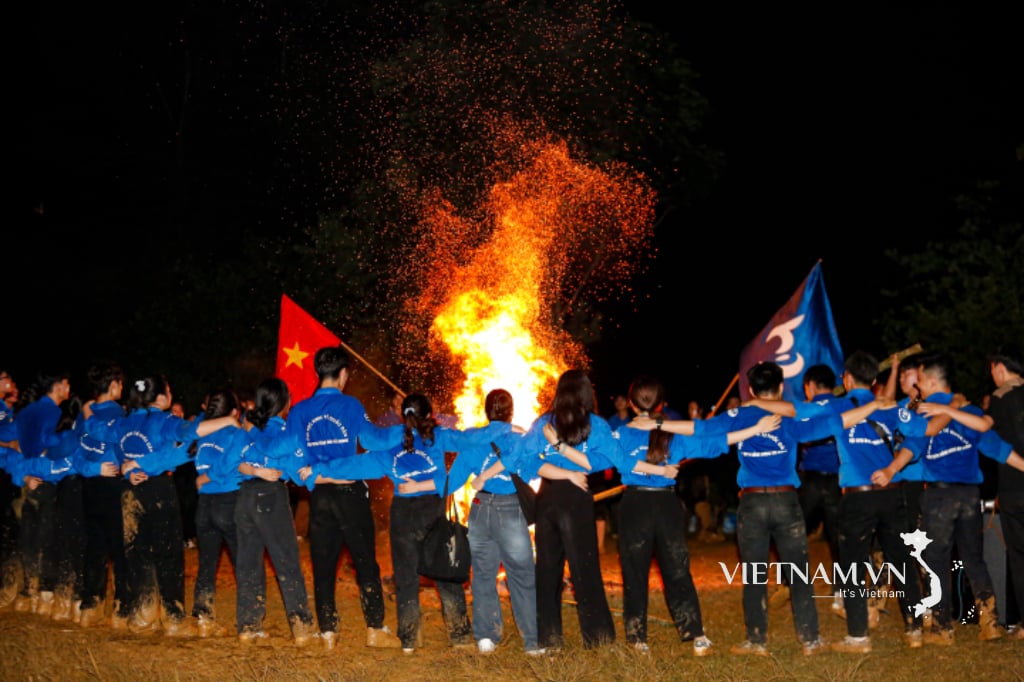
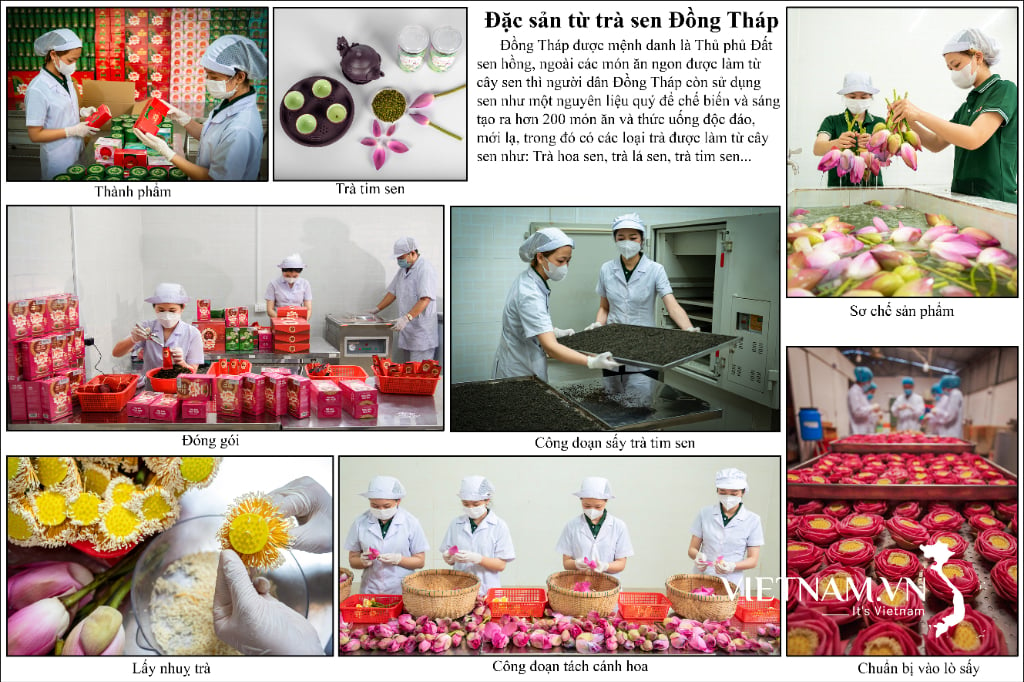

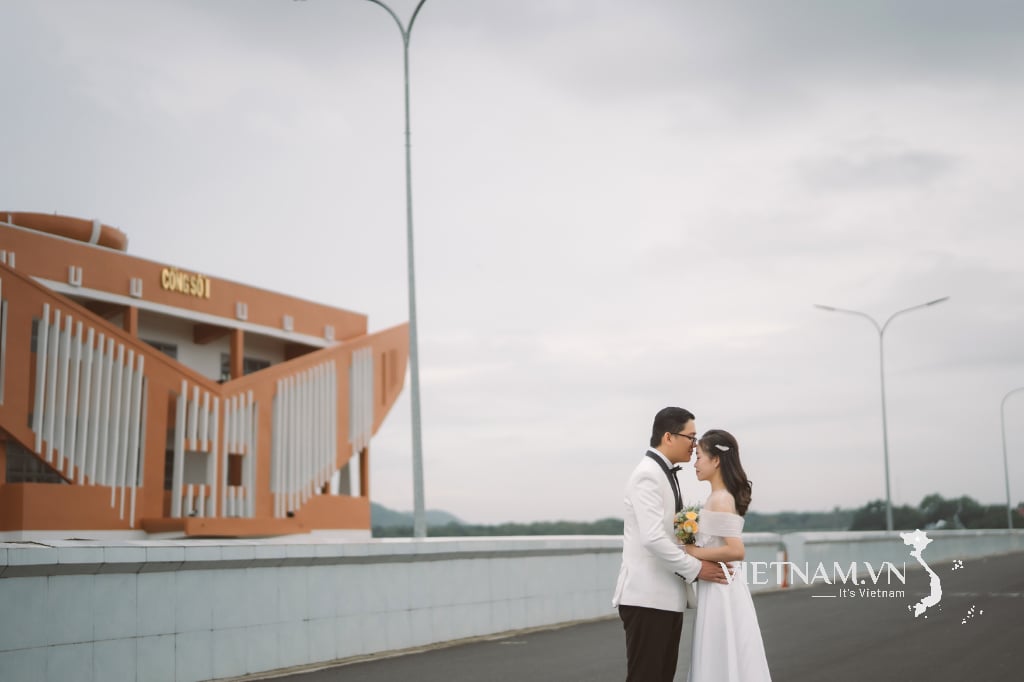
Comment (0)